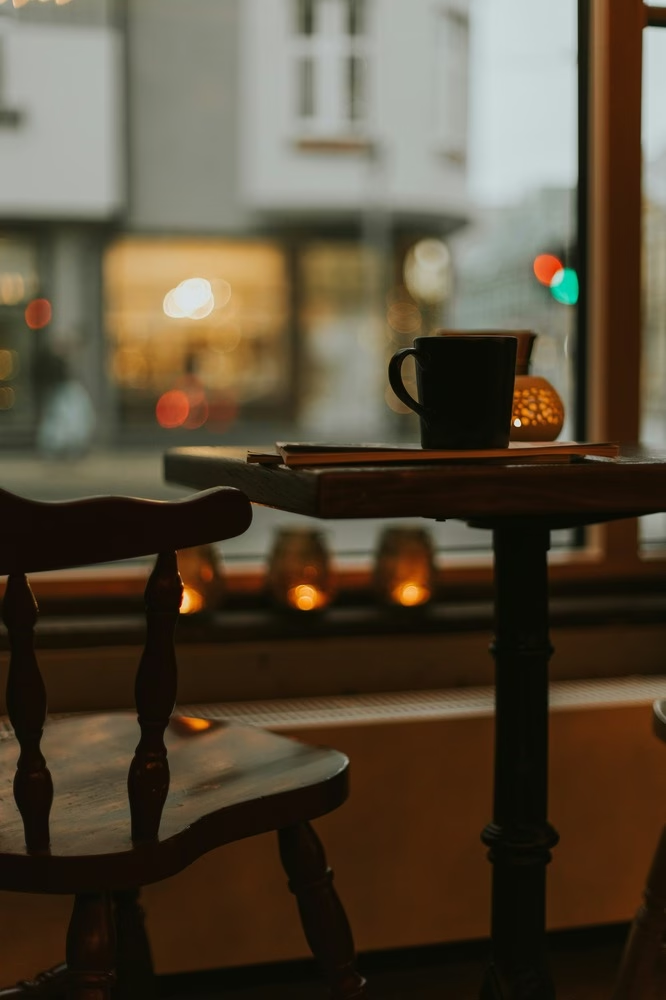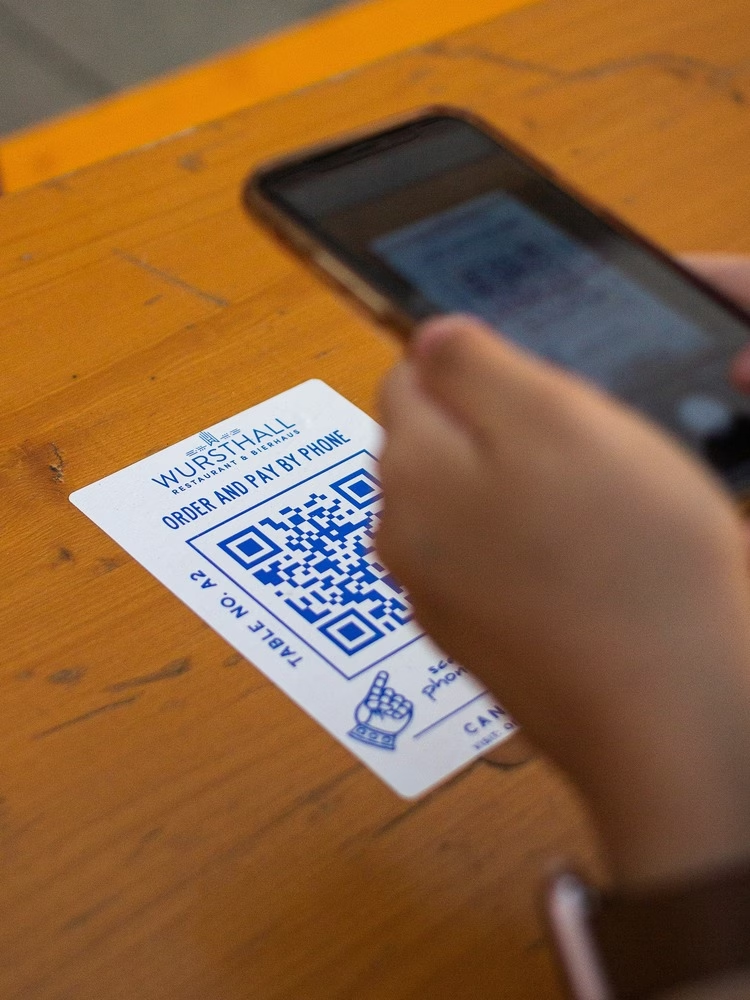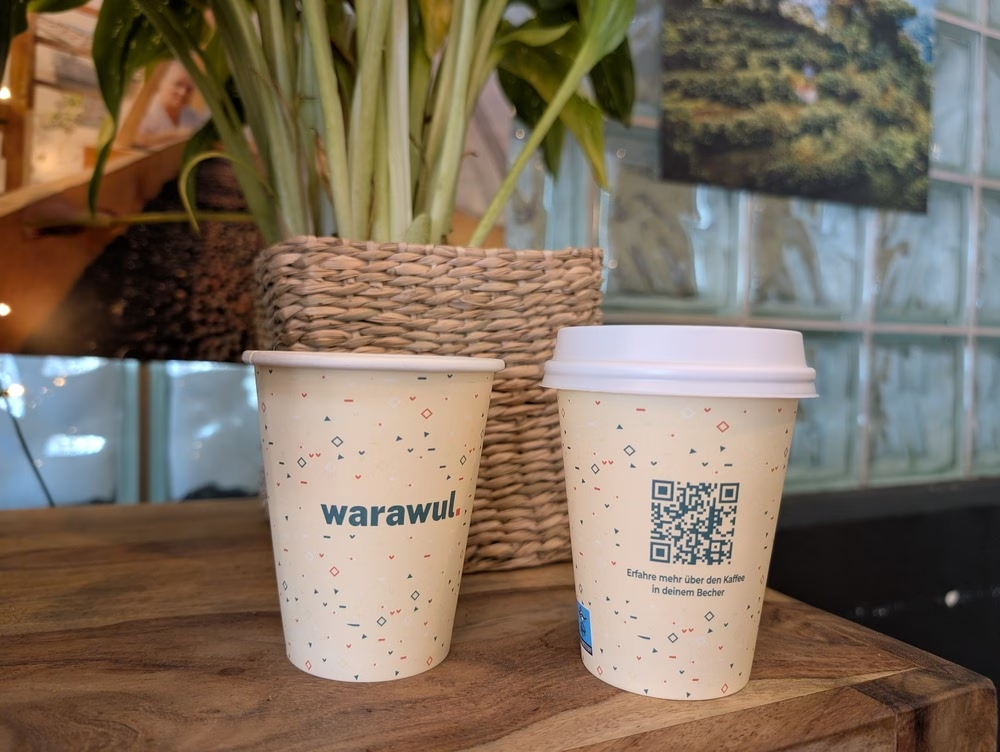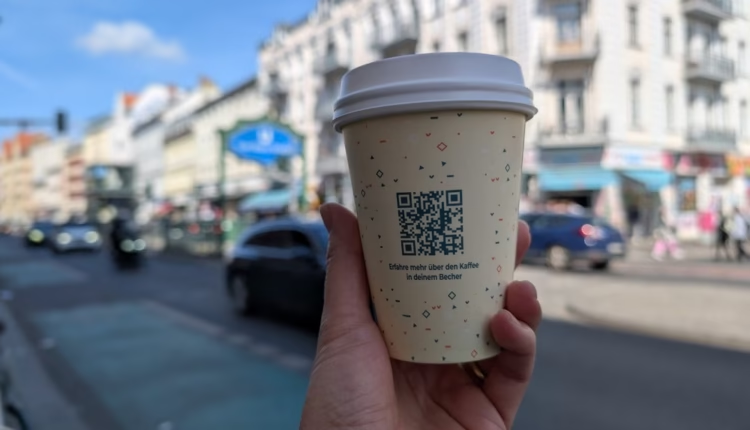Sipping Stories: Seeking a New Era of Transparency in Coffee with QR Codes
Customers want to know more about their coffee than ever before—and for some cafés, the QR code has been part of the answer.
BY BHAVI PATEL
BARISTA MAGAZINE ONLINE
Featured photo courtesy of Warawul Coffee
There was a time when having your barista greet you by name and remember your usual order was considered to be a benchmark of a good coffee shop. That small café charm—where the person behind the counter knew you wanted your flat white with oat milk before you even asked—was the gold standard of coffee connection.
But today’s typical coffee consumer craves deeper knowledge. The COVID-19 pandemic didn’t just change how we work and socialize: It fundamentally shifted our relationship with consumption. We are no longer satisfied knowing who made our coffee: We want to know where it was grown, by whom, under what conditions, and how it journeyed from that farm to our cups that morning.
To learn more about how our relationship with our coffee is changing, and how coffee shops are responding, I spoke to Christian Seiler, co-founder of Berlin’s Warawul Coffee.

An Unlikely Hero: The QR Code’s Caffeinated Comeback
The humble Quick Response code, better known as the “QR code,” is experiencing a second renaissance in the specialty-coffee world today. The code was born in 1994 in the barcode reader manufacturing factories of Japanese company Denso Wave. Initially, the design came about because bar codes were no longer able to keep up with changing times and meet the need to be read more quickly and store more information.
The QR code’s creator, Masahiro Hara, sought to develop something that could encode more information than traditional barcodes while being readable at high speeds. The resulting matrix pattern can contain 4,000 alphanumeric characters within its distinctive square designs, while a barcode can only hold around 20 characters.
For years, QR codes remained primarily an industrial tool. Then smartphones arrived, followed by a global pandemic that demanded contactless solutions. Suddenly, these pixelated squares were everywhere: restaurant menus, retail displays, and now, increasingly, coffee packaging.

Scanning the Truth About Your Cup
Progressive cafés and coffee roasters are now embedding QR codes directly onto cups, creating what can be called “smart vessels.”
“Our mission at Warawul is to highlight the work of the producers and give them a platform to be able to tell the story of their coffees in their own words … to connect them to consumers who care about where their coffee came from,” says Christian.
“At our coffee bar in Berlin, we often have conversations with customers who are curious about the coffee they are drinking. For takeaway customers, such lengthy conversations are not always possible. But we wanted to create an avenue for them to learn more about the producers behind it. That’s when we came up with the idea of QR codes on our cups,” he continues.


Beyond the Bean: Creating Coffee Connections
The genius of this innovation lies in the format’s versatility. From interactive maps showing the precise coordinates of the coffee’s origin to time-lapse videos of the fermentation process, or interviews with farmers, or just a page on the brand’s website sharing all the details, a little QR code can offer a wholesome peek into a coffee’s journey.
“We designed our takeaway cups to make it easy for interested customers to see what is in their cup. Customers can scan the code and follow the link to a page on our website that shares details of each coffee we are serving that day, both on espresso and filter. We update this page as needed to reflect what we are serving,” Christian says. “The description includes who produced it, where it is from, what variety it is, what roast level it is, how it was processed, and what tasting notes we perceived. We also include links to the webpage for each coffee.
”Here, customers can access further details, including how long we have been working with the producer, the FOB price we paid, and how we imported the coffee,” he continues.


The Square Future of Circular Coffee
As we sip our way into this new era of transparency, it’s clear that the humble QR code has become more than just a technological convenience—it’s a storytelling device, an educational tool, and a bridge between worlds.
The specialty-coffee industry has always prided itself on connection and community. Now, with a simple scan, those connections extend beyond café walls to farms thousands of miles away. In an age where consumers increasingly vote with their dollars, this radical transparency isn’t just good ethics—it’s good business.
The next time you’re handed a cup with that familiar pixelated square, take a moment to scan it. Behind those black-and-white patterns lies the future of coffee—a future where every sip tells a story, and transparency is brewed right in.
ABOUT THE AUTHOR
Bhavi Patel is a food writer focusing on coffee and tea, and a brand-building specialist with a background in dairy technology and an interest in culinary history and sensory perception of food.


Subscribe and More!
As always, you can read Barista Magazine in paper or digital format. Subscribe here to get your own hardcopy of each issue delivered. Read the April + May 2025 issue for free with our digital edition.
And for more than three years’ worth of issues, visit our digital edition archives here.
Source: Barista Magazine



